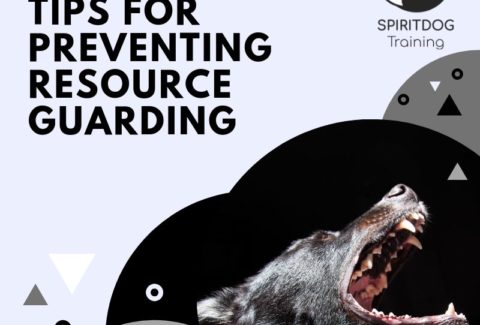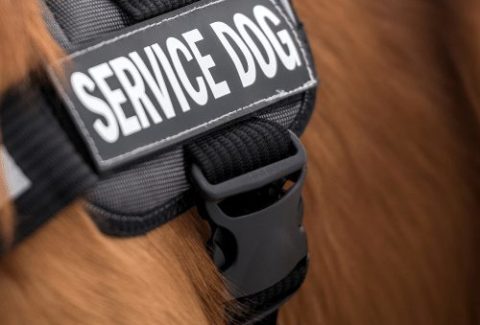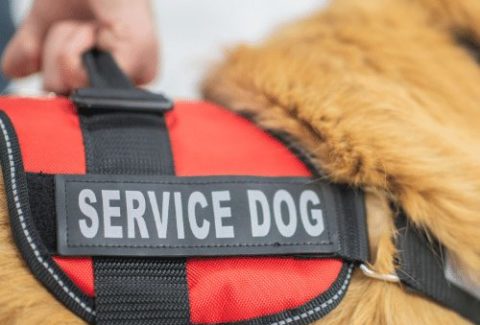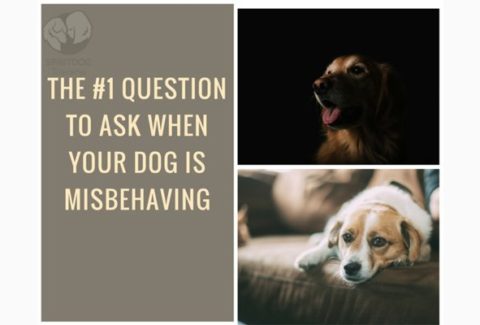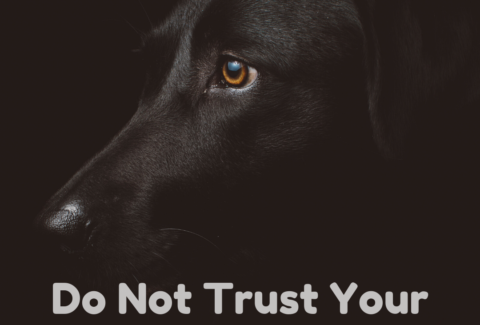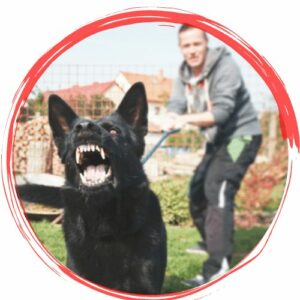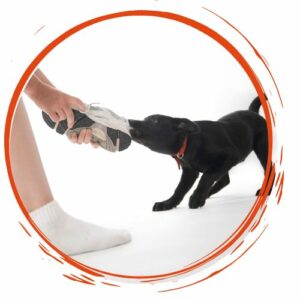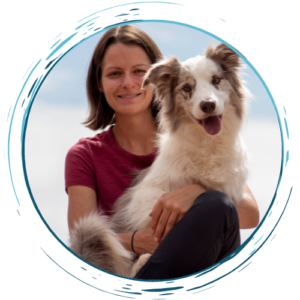How To Get A Well Behaved Dog
May 9, 2021 2021-05-24 12:50How To Get A Well Behaved Dog
How To Get A Well Behaved Dog

We all want a dog who listens to us the first time we ask him to do something. We want a dog who doesn’t embarrass us in front of friends and family but not coming when called, or refusing to spit out that nasty rotting lump it found on our walk.
We want a dog who is always ready to take our cues, do what we want him to do, and generally is a great companion and a pleasure to be around.
How do we get there?
The answer is surprisingly simple.
I strongly believe that in dog training, the secret is quantity over quality.
If you want a behavior, you need to train for it. Consistently, with a goal in mind, and with great rewards for your dog.
You do not need to be a master dog trainer. In fact, some master dog trainers do not have very well trained dogs themselves, because they lack one major component: time.
Dog training is very different in this from other skills. If you are a beginning painter, your painting is unlikely to keep getting better the more paint you throw on there.
If you just took up sewing, your quilt won’t improve much beyond a certain point by adding more and more stitching.
In dog training however, we are building a reinforcement history in our dog’s brain.
We can improve their behavior simply by setting them up again and again to make a certain decision in our favor (like sitting when we tell them to sit).
Every single time your dog has a successful repetition of us asking him to sit, him sitting and us rewarding him, we are one step further to him listening to Sit whenever we may ask him.
Think of it like a bank account: We are trying to grow the reinforcement bank account continuously and step by step.
That way, if one day the situation arises in which our dog has to decide between two rivaling choices – chasing a bunny or listening to our recall for example – we can rely on the many positive experiences he has deposited in this account, and he will decide in our favor.
Some days we may only make a small contribution to the bank account, and that is ok (just have 5 minutes? Then toss cookies around and call your dog for 5 minutes. I promise it will be beneficial).
Other days we may deposit a large sum of reinforcement experience. As long as we keep growing it, our dog’s behavior will improve.
The problem comes when we try to withdraw from the account too early: If you have been training loose-leash walking for a few days, and then suddenly go out without your treats and let your dog pull you around again, you are sent back to the drawing board.
The reason is that you suddenly provided a completely different experience. Where we formerly taught: we only walk if the dog doesn’t pull, he now got to find out that pulling does in fact get him to go for a walk.
It is important to not become impatient and try to withdraw from your account too early. Instead, keep on making contributions.
I’ve met so many clients that have blown me away with their progress. Often first-time dog owners with a wild and spirited dog, they consistently practiced, provided great rewards and made sure their dogs didn’t get to enjoy reinforcement for making the wrong choices. These dogs turned out so well trained it is hard to believe that they are in fact the dog of very much a novice trainer.
Get some great rewards, and make your training super fun. Then just keep at it. Don’t fall into a rut – continuously reassess your progress and figure out where your dog sees his reinforcement.
Happy training!


